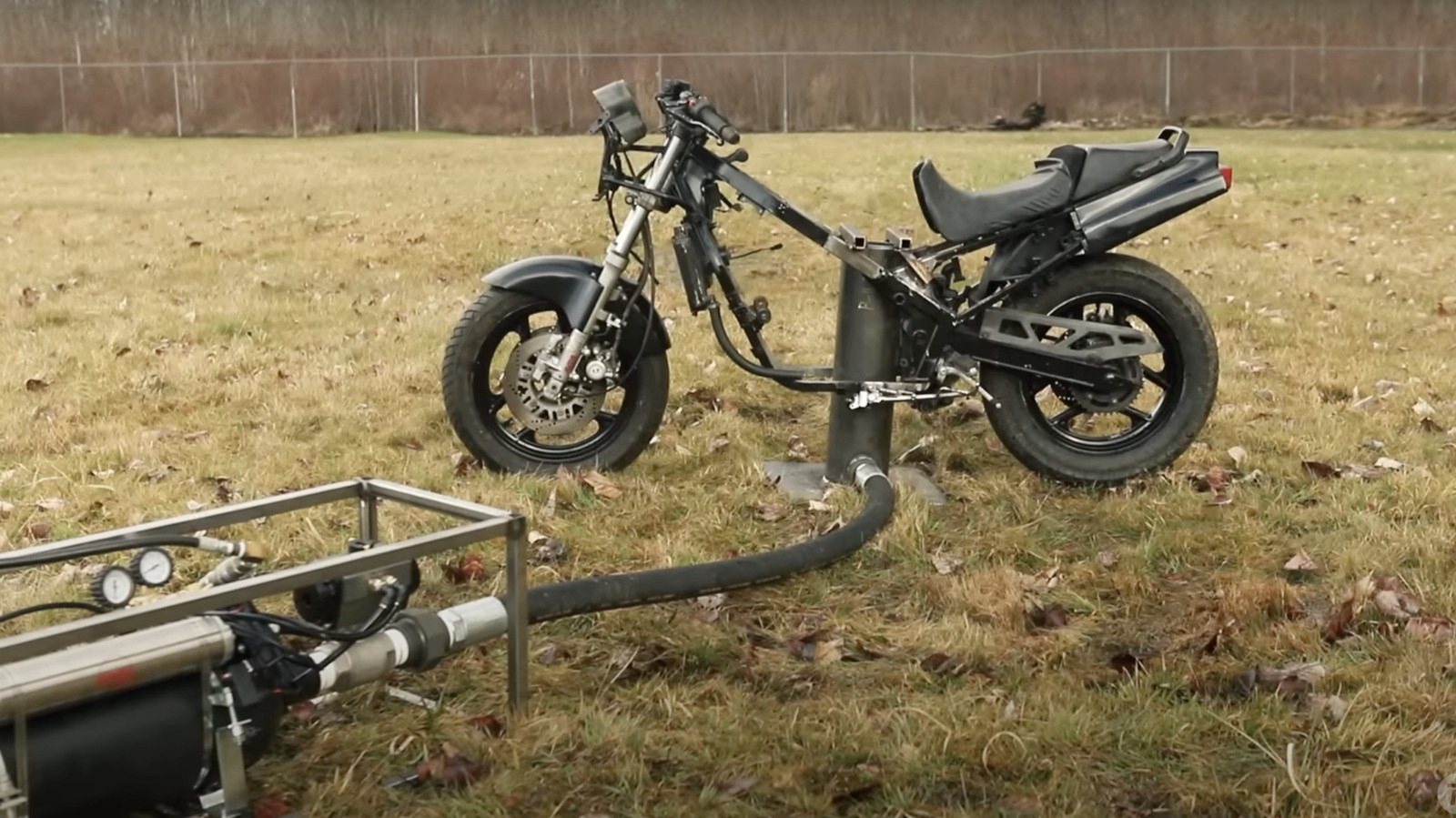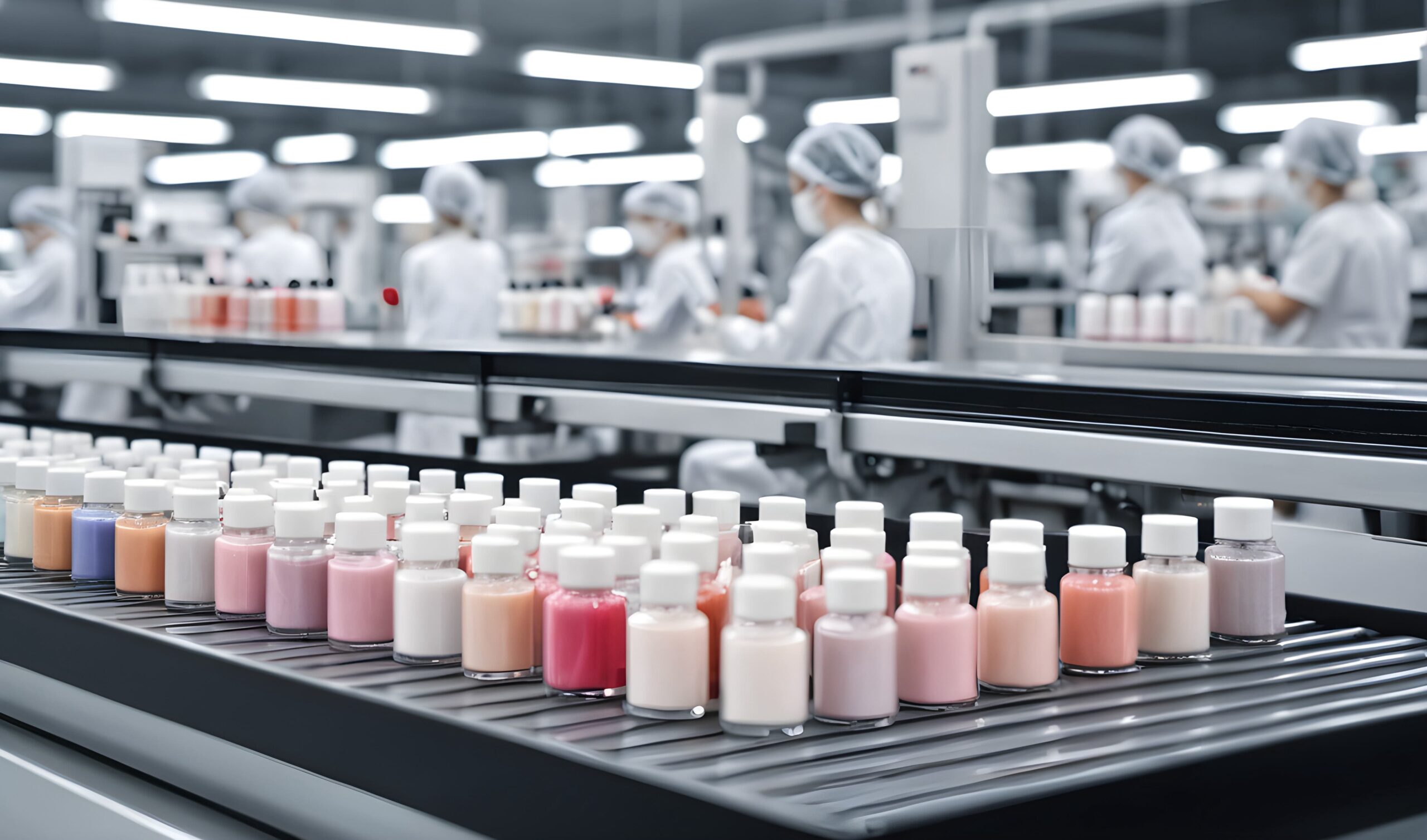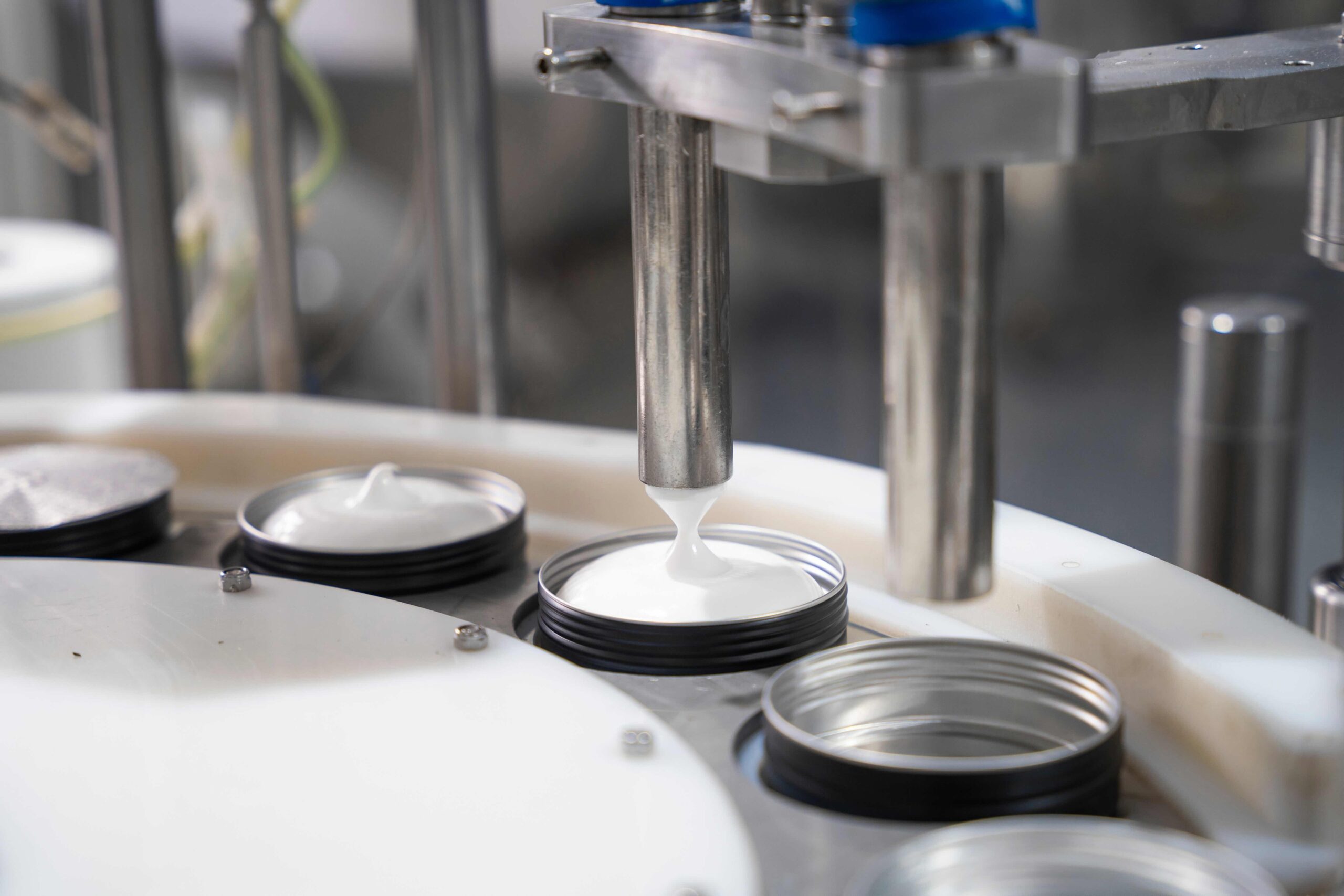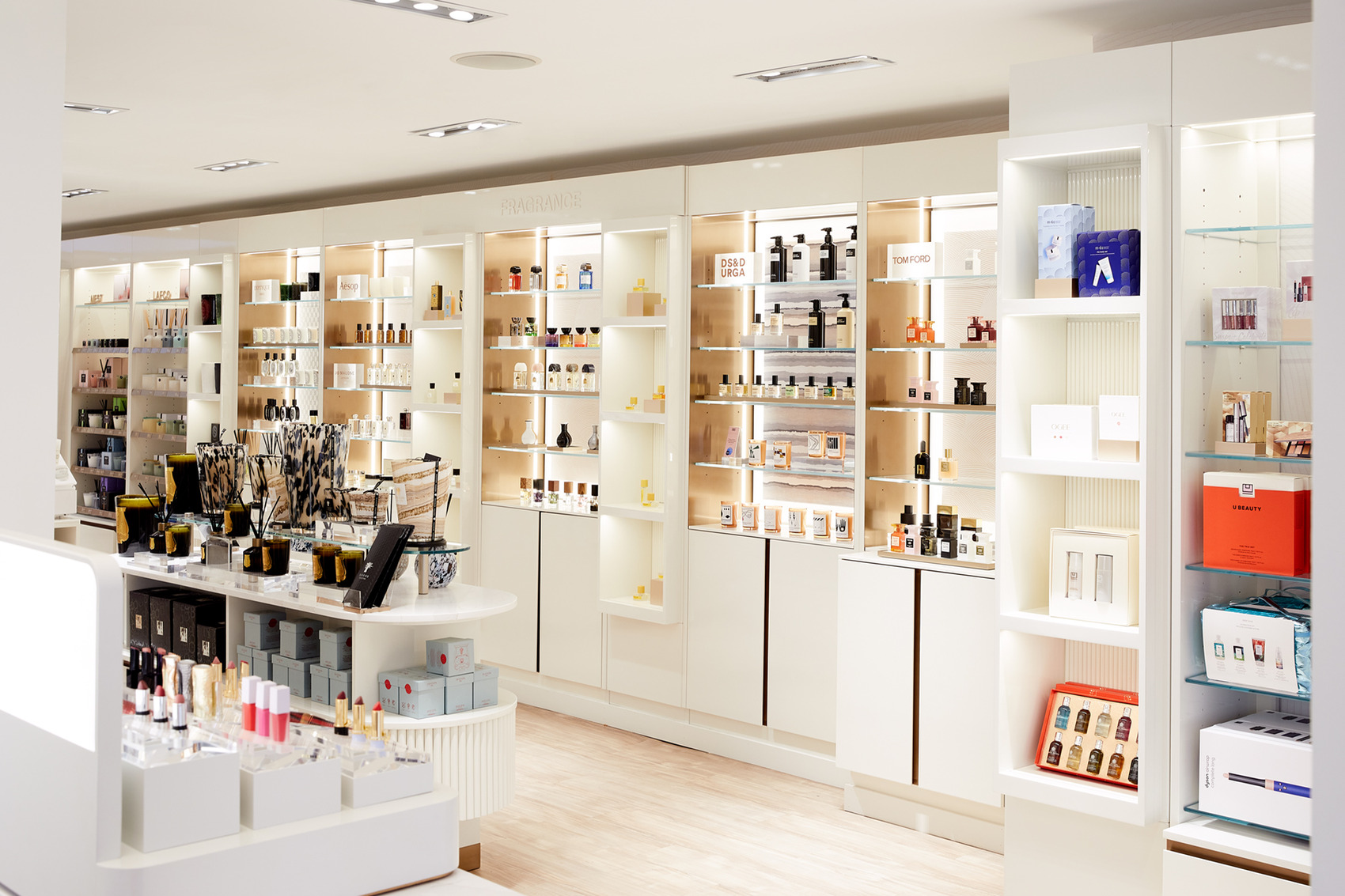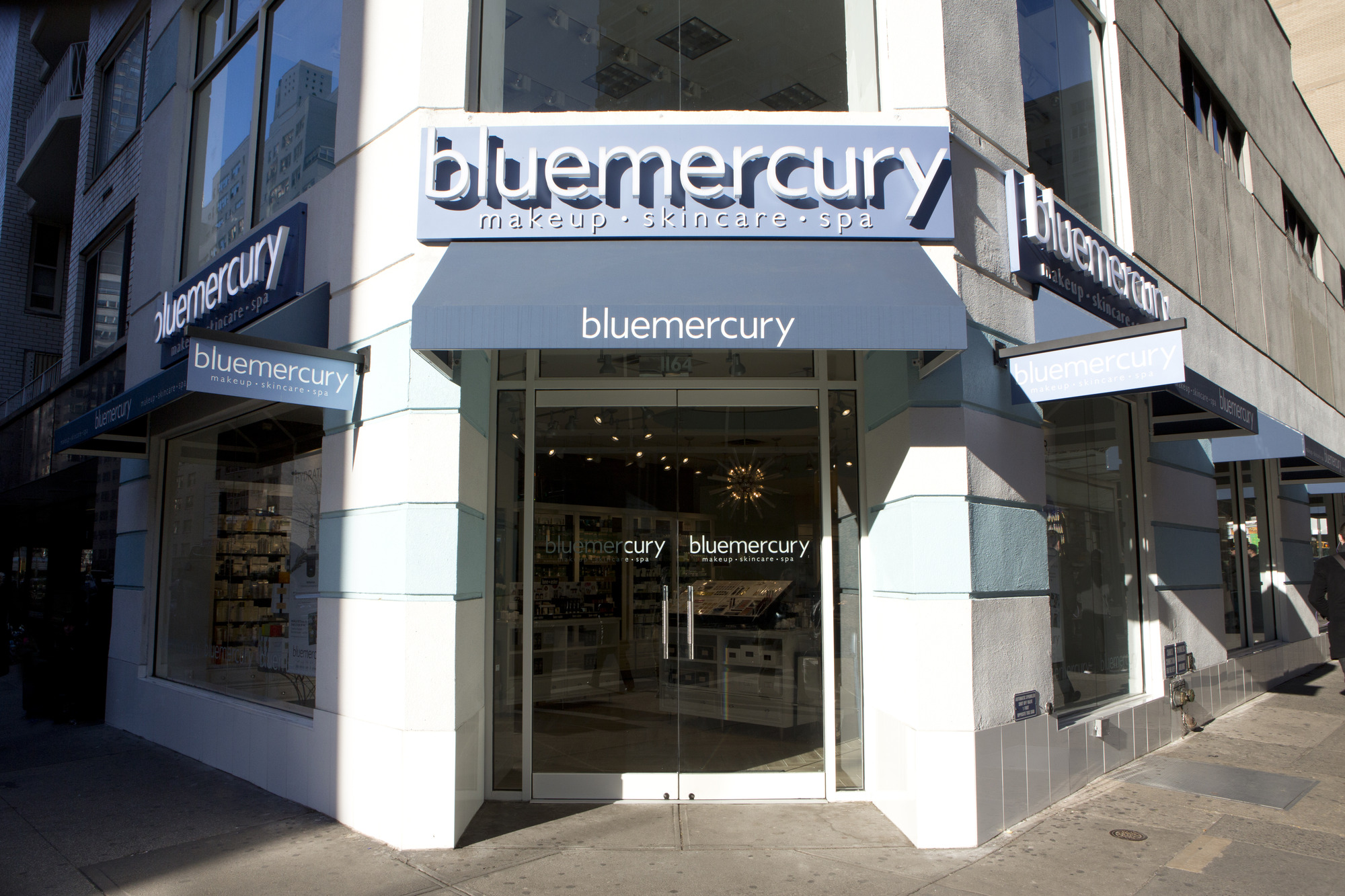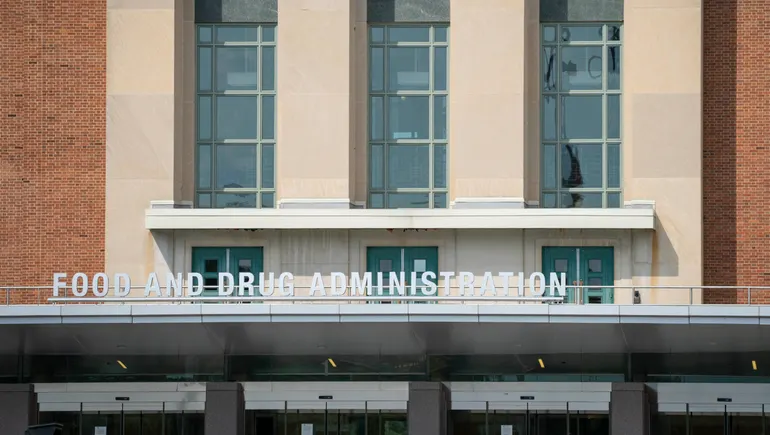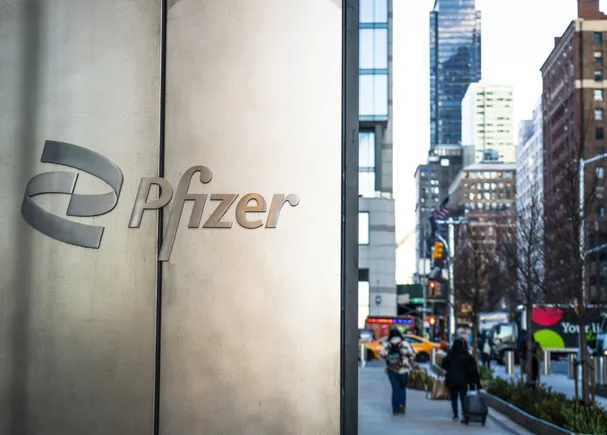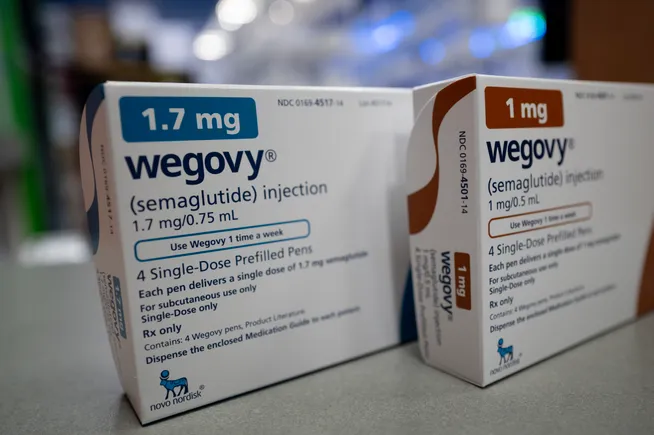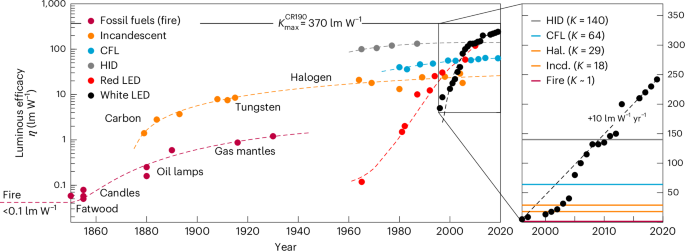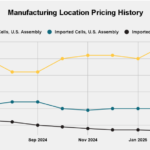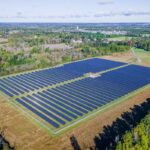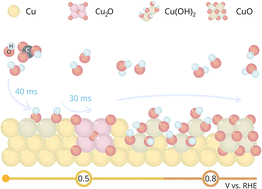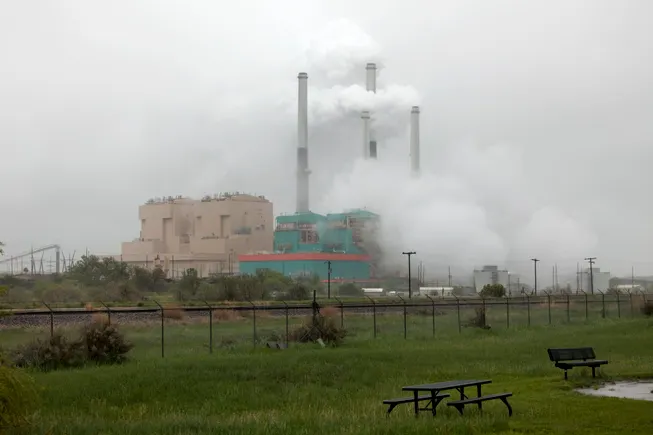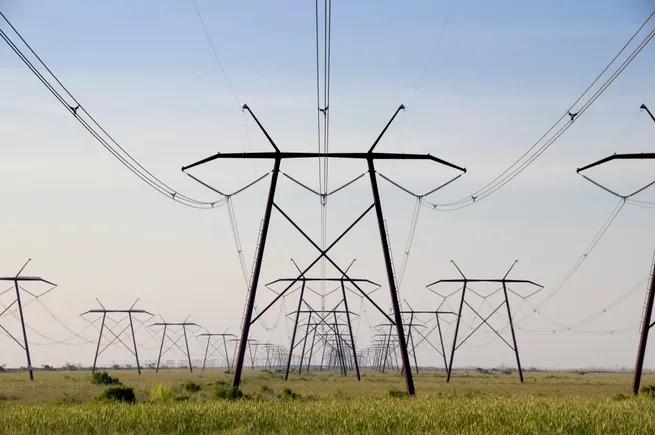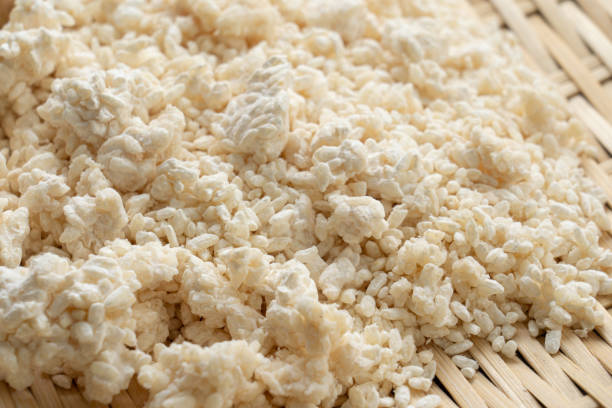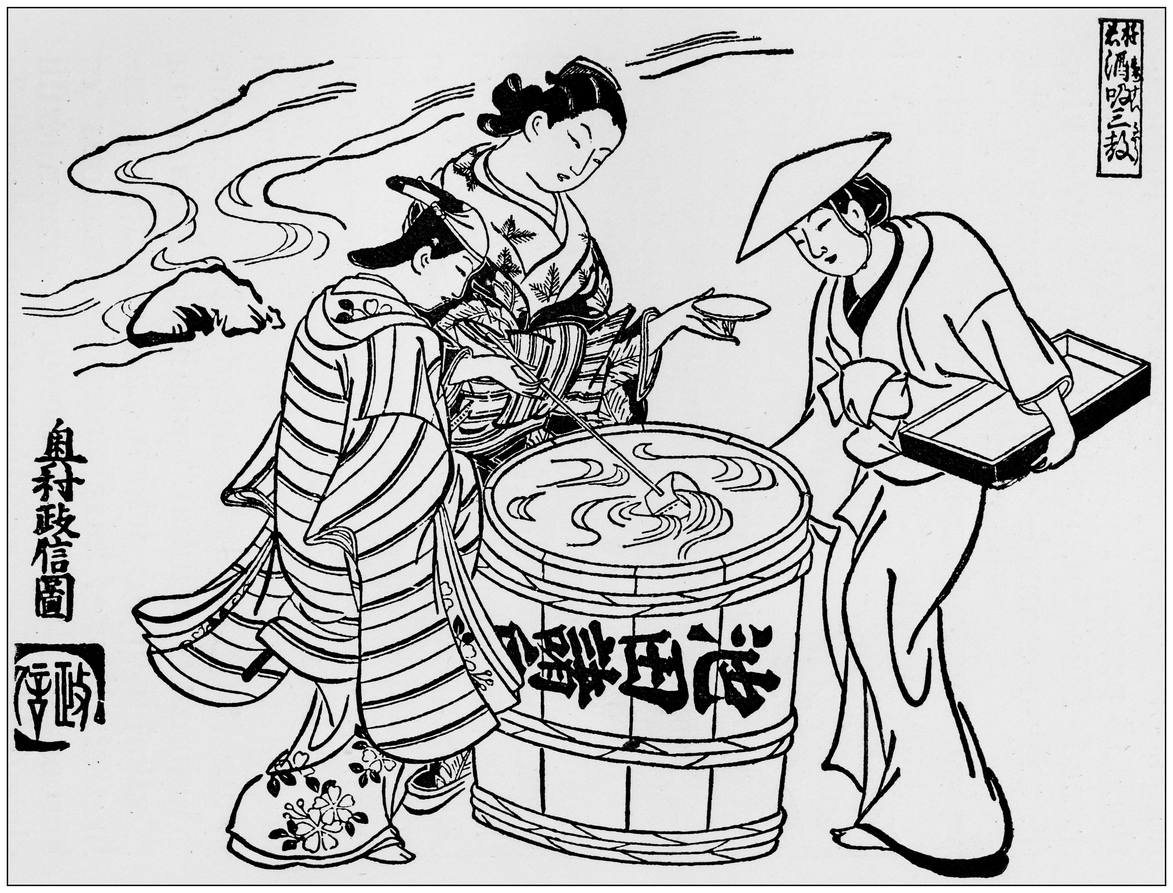Db's Bordeaux correspondent Colin Hay continues his whistle-stop tour of the Médoc’s en primeur offerings, moving southwards to its largest appellation Margaux. 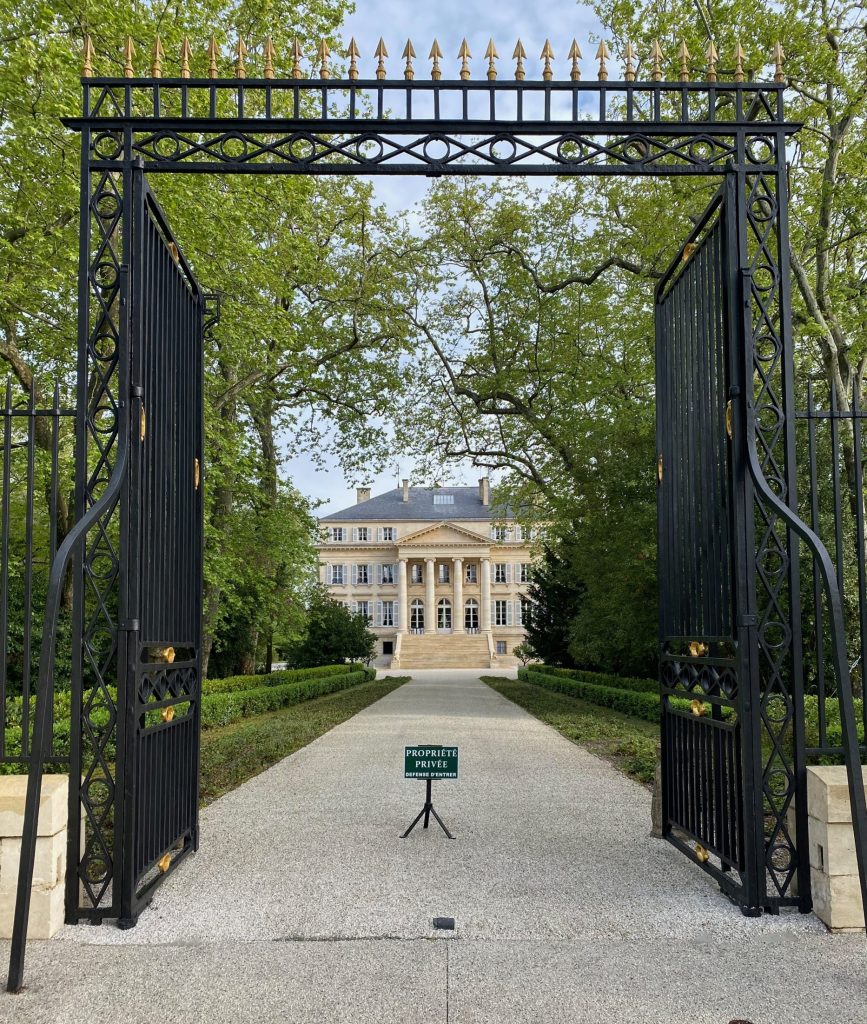
With the familiar form of Château Beychevelle, the ‘Versailles of the Médoc’, receding into the distance in the rear-view mirror we leave St Julien heading south on the D2. But it’s a good ten minutes before we reach the northern limits of Margaux, the Médoc’s largest appellation by both surface area and by the number of separate properties and also its most diverse.
Yet in 2024 the wines here have something in common with those St Julien, both in the sense that they seem to have coped better than most with the considerable challenges of the growing season and also that in so doing they have retained much of the customary character, charm and typicity. Indeed, down here the vintage seems to have been something of a terroir amplifier with the wines, at their best, not just true to their appellation but above all highly expressive of the specific terroirs from which they have been crafted.
We have 50 shades of dark berry fruits and 50 shades of florality. Well, almost. It’s important not to get carried away. For although I have indeed tasted some 50 or so wines from Margaux, not all of them appear in the tasting notes below for the simple reason that a fair few failed to make the grade for inclusion (my cut-off, you will recall is 90 for the classed growths and 88 for the crus bourgeois).
That is not at all surprising. For Margaux – just like every other appellation in the region – suffered in 2024, as Table 1 makes brutally clear.
|
Pre-budburst (November-March) |
Budburst to harvest (April-September) |
Annual total (calendar year) |
| Bordeaux* |
764 (+74.0%) |
480 (+18.5%) |
1245 (+37.7%) |
| Pessac-Léognan (Canéjan) |
821 (+87.0%) |
507 (+25.2%) |
1151 (+36.4%) |
| St Emilion |
608 (+38.5%) |
435 (+7.4%) |
904 (+7.1%) |
| St Julien |
649 (+47.8%) |
321 (-20.7%) |
824 (-2.4%) |
| Margaux |
860 (+95.9%) |
446 (+10.1%) |
1058 (+25.4%) |
| 30-year average** |
439 |
405 |
844 |
Table 1: Rainfall during the vintage (relative to 30-year average)
Source: calculated from Gavin Quinney’s Bordeaux 2024 weather and harvest report, and meteo site
Infoclimat
(*Graves, St Emilion, Haut-Medoc, Northern Medoc, Entre deux Mers, Bourg & Blaye; ** for Bordeaux-Mérignac alone); château level data provided by the properties themselves.
It is also the appellation with the highest proportion of vineyards practicing organic and/or biodynamic viticulture. Suffice it to note that, restricted as such producers are to the repeated use of the contact treatment la bouillie Bordelaise, the now familiar fight against mildew is never as effective in such vineyards as for those able to deploy more conventional treatments.
Or so we tend to assume. For what is interesting is that many of the leading organic estates are now so practiced in the deployment of their mildew treatment protocols and so vigilant in their surveillance of the vineyard that in 2024 they actually stole a march on their more conventional neighbours. Treating early and frequently they got on top of the mildew contagion from the outset. Many of their neighbours waited until later in April to treat – by which time the mildew contagion was already well-established and, crucially, temperatures in the vineyard has fallen below the optimal operating range for conventional chemical treatments.
The results of all of this are fascinating and clear to see in Table 2. Among the leading estates, many of them organic in their viticultural practice (whether or not they are certified), final yields in 2024 are very close to those achieved in 2023. Indeed, if we put Châteaux Margaux and Palmer to one side, the yields in 2024 are actually higher than those recorded in 2023 amongst this group of properties.
| Wine |
% Cabernet Sauvignon |
% Merlot |
Yields (hl/ha) |
| 2023 |
2024 |
2023 |
2024 |
2023 |
2024 |
| Brane-Cantenac |
70 |
77 |
20 |
22 |
46 |
47 |
| Durfort-Vivens |
92 |
94 |
8 |
6 |
35 |
37 |
| D’Issan |
70 |
65 |
25 |
30 |
30 |
40 |
| Lascombes |
60 |
65 |
37 |
30 |
35 |
38 |
| Margaux |
89 |
93 |
5 |
5 |
41 |
30 |
| Palmer |
50 |
59 |
46 |
41 |
32 |
22 |
| Rauzan-Ségla |
85 |
64 |
14 |
34 |
30 |
29 |
| Average |
74 |
64 |
22 |
24 |
36 |
35 |
|
|
10-year appellation average |
40 |
Table 2: Percentage of Merlot & Cabernet Sauvignon in the grands vins and final yield (hl/ha)
That is reflected in the final composition of the grands vins from each estate. We tend to think of 2024 as a Cabernet Sauvignon vintage on the left-bank, for the simple reason that Merlot is more susceptible to each of the meteorological woes of the growing season. But in 2024 Margaux bucks the trend – with a little more Merlot and a little less Cabernet Sauvignon in the final blends of the grands vins.
| |
2020 |
2021 |
2022 |
2023 |
2024 |
10-year average |
% Change |
| Margaux |
36.3 |
38.6 |
31.3 |
37.7 |
33.1 |
40.3 |
-22.8 |
| St Julien |
34.3 |
35.2 |
34.3 |
50.3 |
32.5 |
37.4 |
-13.4 |
| Pauillac |
37.4 |
35.1 |
34.8 |
47.1 |
29.5 |
41.3 |
-28.6 |
| St Estèphe |
41.2 |
40.7 |
31.5 |
51.6 |
33.6 |
45.2 |
-25.7 |
| Pessac-Léognan |
34.6 |
30.7 |
35.7 |
38.1 |
39.0 |
36.1 |
+8.0 |
| St Emilion (GC) |
36.7 |
27.5 |
41.2 |
40.5 |
36.4 |
38.2 |
-4.7 |
| Pomerol |
39.8 |
28.9 |
32.3 |
45.2 |
28.4 |
37.8 |
-24.9 |
Table 3: Average vineyard yield by appellation (hl/ha)
Source: calculated from Duanes data compiled by the CIVB Service Economie et Etudes
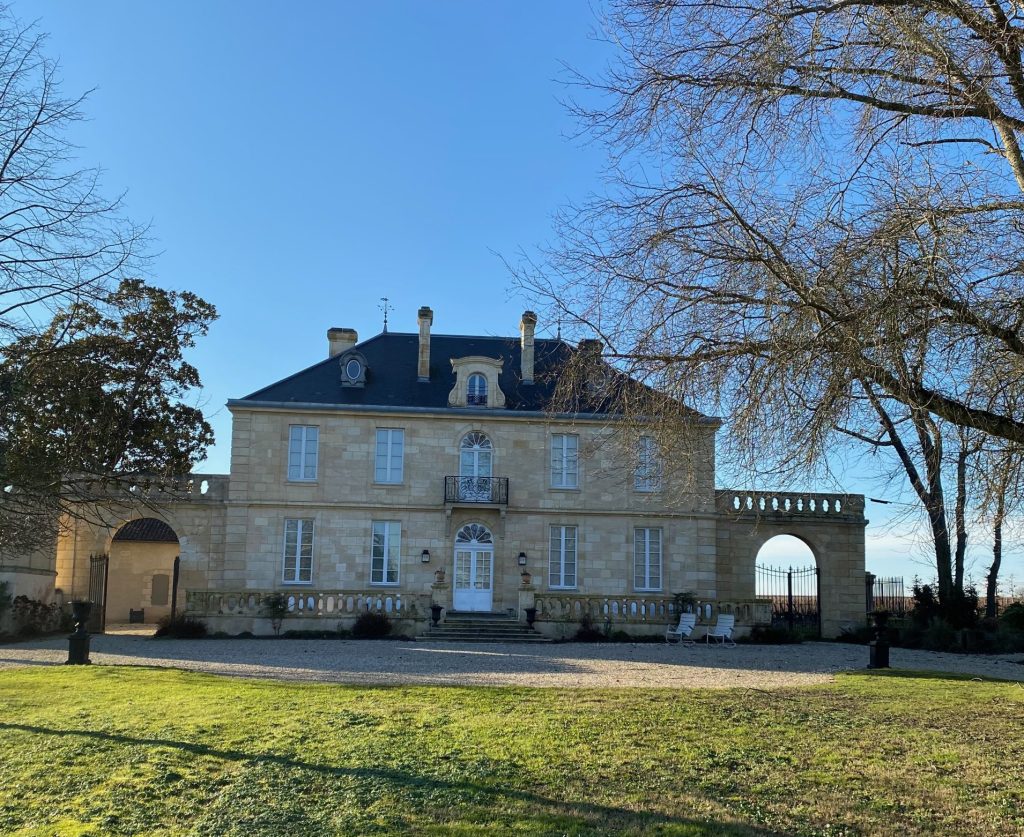
There are many highlights in the appellation in the vintage. If 2024 is, as I have suggested, a pyramid-shaped vintage, then a lot of Margaux’s classed growths are well-placed towards the summit. But it is
Palmer for me that transcends the trials and tribulations of the vintage most successfully – despite having the lowest yields of the leading estates and being one of the few to suffer coulure on its Merlot. The selection is incredibly strict, but the wine is ethereal.
Margaux,
Durfort-Vivens,
Giscours,
Lascombes and
Rauzan-Ségla have all made exceptional wines each very true to its terroir, its style and its signature, each intensely floral and aromatically explosive with great clarity in the mid-palate and a sublime lift and energy that it is difficult to find elsewhere on the left-bank in the vintage. Though each is unique, I find them difficult to separate qualitatively.
I love, too, the duo of
d’Issan and
Brane-Cantenac – very different, as ever, in their personalities, but wonderfully expressive of the quality and personality each draws from its fabulous terroir. There’s a very fine showing from
du Tertre too.
Finally, it would be remiss not to conclude by underscoring once again the considerable value to be found in wines like
Ferrière,
Siran,
Monbrison and
Labégorce.
Highlights in 2024
Best of the appellation:
Greatest successes:
- Durfort-Vivens 93-95
- Giscours 93-95
- Lascombes 93-95
- Margaux 93-95
- Rauzan-Ségla 93-95
- Brane-Cantenac 92-94+
- D’Issan 92-94+
- Cantenac Brown 92-94
- Malescot Saint-Exupéry 92-94
- du Tertre 92-94
Value picks:
- Ferrière 91-93
- Siran 91-93
- Monbrison 90-92+
- Labégorce 90-92
For full tasting notes, see here.
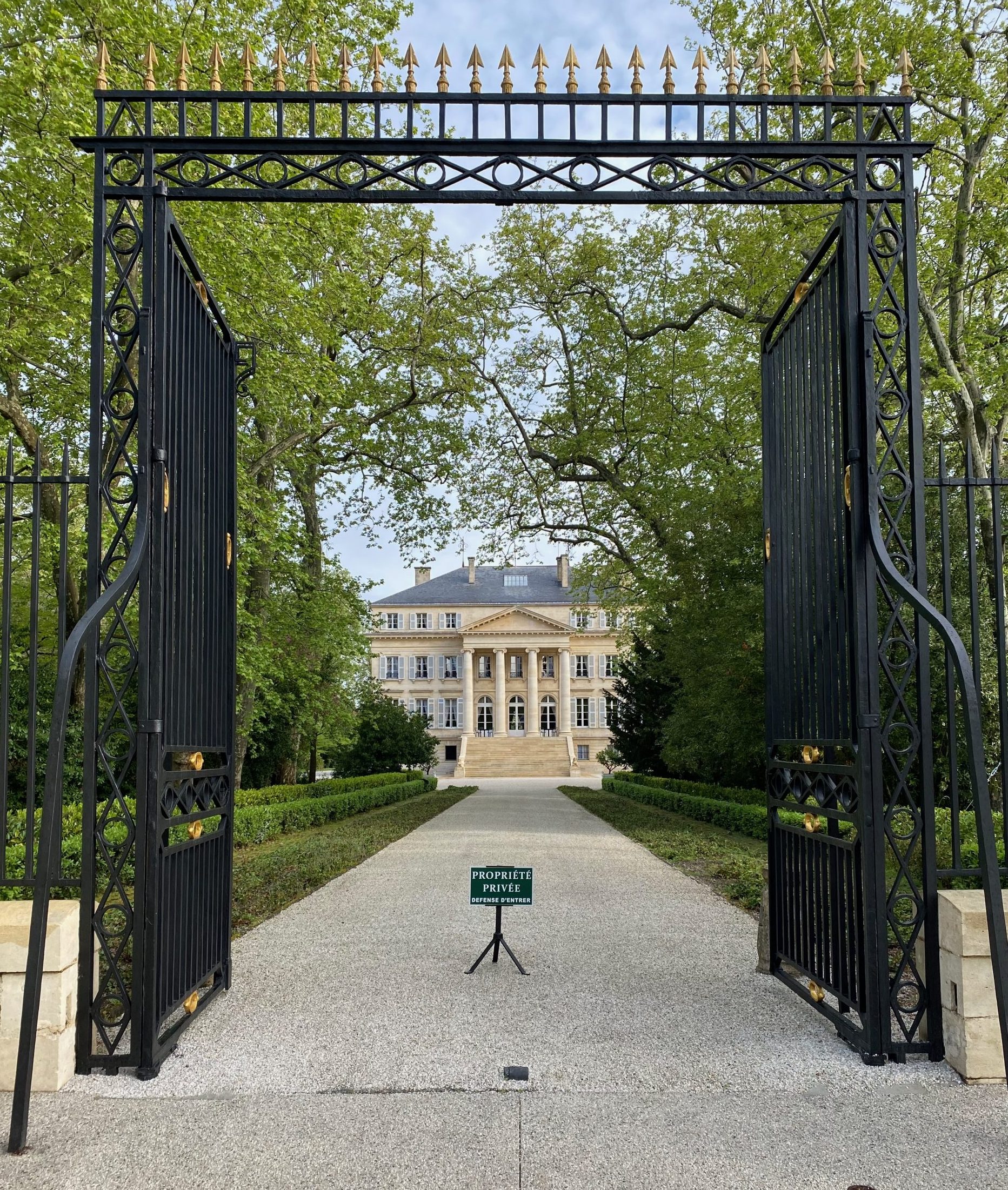
 With the familiar form of Château Beychevelle, the ‘Versailles of the Médoc’, receding into the distance in the rear-view mirror we leave St Julien heading south on the D2. But it’s a good ten minutes before we reach the northern limits of Margaux, the Médoc’s largest appellation by both surface area and by the number of separate properties and also its most diverse.
Yet in 2024 the wines here have something in common with those St Julien, both in the sense that they seem to have coped better than most with the considerable challenges of the growing season and also that in so doing they have retained much of the customary character, charm and typicity. Indeed, down here the vintage seems to have been something of a terroir amplifier with the wines, at their best, not just true to their appellation but above all highly expressive of the specific terroirs from which they have been crafted.
We have 50 shades of dark berry fruits and 50 shades of florality. Well, almost. It’s important not to get carried away. For although I have indeed tasted some 50 or so wines from Margaux, not all of them appear in the tasting notes below for the simple reason that a fair few failed to make the grade for inclusion (my cut-off, you will recall is 90 for the classed growths and 88 for the crus bourgeois).
That is not at all surprising. For Margaux – just like every other appellation in the region – suffered in 2024, as Table 1 makes brutally clear.
With the familiar form of Château Beychevelle, the ‘Versailles of the Médoc’, receding into the distance in the rear-view mirror we leave St Julien heading south on the D2. But it’s a good ten minutes before we reach the northern limits of Margaux, the Médoc’s largest appellation by both surface area and by the number of separate properties and also its most diverse.
Yet in 2024 the wines here have something in common with those St Julien, both in the sense that they seem to have coped better than most with the considerable challenges of the growing season and also that in so doing they have retained much of the customary character, charm and typicity. Indeed, down here the vintage seems to have been something of a terroir amplifier with the wines, at their best, not just true to their appellation but above all highly expressive of the specific terroirs from which they have been crafted.
We have 50 shades of dark berry fruits and 50 shades of florality. Well, almost. It’s important not to get carried away. For although I have indeed tasted some 50 or so wines from Margaux, not all of them appear in the tasting notes below for the simple reason that a fair few failed to make the grade for inclusion (my cut-off, you will recall is 90 for the classed growths and 88 for the crus bourgeois).
That is not at all surprising. For Margaux – just like every other appellation in the region – suffered in 2024, as Table 1 makes brutally clear.
 There are many highlights in the appellation in the vintage. If 2024 is, as I have suggested, a pyramid-shaped vintage, then a lot of Margaux’s classed growths are well-placed towards the summit. But it is Palmer for me that transcends the trials and tribulations of the vintage most successfully – despite having the lowest yields of the leading estates and being one of the few to suffer coulure on its Merlot. The selection is incredibly strict, but the wine is ethereal.
Margaux, Durfort-Vivens, Giscours, Lascombes and Rauzan-Ségla have all made exceptional wines each very true to its terroir, its style and its signature, each intensely floral and aromatically explosive with great clarity in the mid-palate and a sublime lift and energy that it is difficult to find elsewhere on the left-bank in the vintage. Though each is unique, I find them difficult to separate qualitatively.
I love, too, the duo of d’Issan and Brane-Cantenac – very different, as ever, in their personalities, but wonderfully expressive of the quality and personality each draws from its fabulous terroir. There’s a very fine showing from du Tertre too.
Finally, it would be remiss not to conclude by underscoring once again the considerable value to be found in wines like Ferrière, Siran, Monbrison and Labégorce.
There are many highlights in the appellation in the vintage. If 2024 is, as I have suggested, a pyramid-shaped vintage, then a lot of Margaux’s classed growths are well-placed towards the summit. But it is Palmer for me that transcends the trials and tribulations of the vintage most successfully – despite having the lowest yields of the leading estates and being one of the few to suffer coulure on its Merlot. The selection is incredibly strict, but the wine is ethereal.
Margaux, Durfort-Vivens, Giscours, Lascombes and Rauzan-Ségla have all made exceptional wines each very true to its terroir, its style and its signature, each intensely floral and aromatically explosive with great clarity in the mid-palate and a sublime lift and energy that it is difficult to find elsewhere on the left-bank in the vintage. Though each is unique, I find them difficult to separate qualitatively.
I love, too, the duo of d’Issan and Brane-Cantenac – very different, as ever, in their personalities, but wonderfully expressive of the quality and personality each draws from its fabulous terroir. There’s a very fine showing from du Tertre too.
Finally, it would be remiss not to conclude by underscoring once again the considerable value to be found in wines like Ferrière, Siran, Monbrison and Labégorce.


































